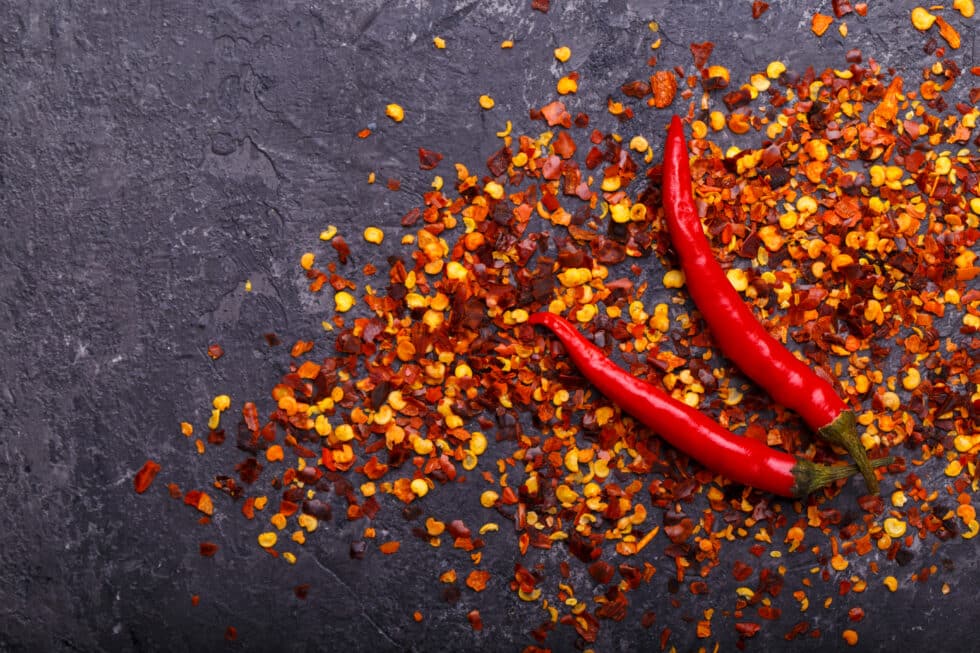- No. 268 Xianghe Street, Economic Development Zone of Xingtai city, Hebei 054001 China
- Byron@hbhongri.cn
types of paprika powder
Exploring the Types of Paprika Powder
Paprika, a vibrant spice derived from ground peppers, is celebrated for its array of flavors, colors, and culinary uses. Originating from Central America and later adopted into European cuisine, particularly in Hungary and Spain, this spice has evolved into various forms, each with its unique characteristics. This article explores the different types of paprika powder, their flavor profiles, and how they can enhance a variety of dishes.
1. Sweet Paprika
Sweet paprika, often referred to simply as ‘paprika’, is perhaps the most common type found in kitchens across the globe. It is made from sweet, mild red peppers and is prized for its vibrant red color. This variety of paprika adds a sweet, slightly peppery flavor without overwhelming heat, making it an excellent choice for seasoning a wide range of dishes. It is widely used in Hungarian goulash, stews, and for garnishing deviled eggs and potato salads. Sweet paprika is also a staple in Spanish dishes, including paella, where it contributes depth and color.
2. Hot Paprika
For those who prefer a spicy kick, hot paprika is the ideal choice. Made from spicier varieties of peppers, this paprika packs a punch, offering more heat than its sweet counterpart. The degree of heat can vary depending on the specific type of peppers used, but it is generally used in smaller quantities due to its intensity. Hot paprika is often a key ingredient in dishes such as spicy sausages, marinades, and some forms of traditional Spanish and Hungarian cooking. It can be used to spice up everything from vegetable dishes to grilled meats.
Known as pimentón in Spain, smoky paprika is made from peppers that have been dried and smoked over an oak fire, imparting a rich, smoky flavor that adds depth to any dish. This type of paprika comes in three varieties sweet, bittersweet, and hot. Smoky paprika is especially popular in Spanish cuisine, where it gives a unique taste to chorizo, paella, and various sauces. It’s also lovely when sprinkled over roasted vegetables or mixed into barbecue sauces, lending a delightful smoky essence.
types of paprika powder

4. Hungarian Paprika
Hungarian paprika is a specific variety renowned for its depth of flavor and is often considered the gold standard of paprika. It comes in several grades, ranging from mild to hot, with variations such as sweet, semi-sweet, and hot paprika. Hungarian paprika is celebrated for its vibrant red hue and is an essential ingredient in numerous traditional dishes, such as chicken paprikash and goulash. The distinct sweetness and aroma it brings cannot be replicated by any other paprika, making it a must-have in any spice collection.
5. Spanish Paprika
Similar to its Hungarian counterpart, Spanish paprika varies in flavor and heat. Traditionally, it is ground from specific varieties of red peppers native to Spain and comes in three main types sweet (dulce), bittersweet (agridulce), and hot (picante). Spanish paprika is integral to many endemic dishes, adding rich flavor profiles to tapas, stews, and rice dishes. The bittersweet variation, in particular, provides a nuanced balance that enhances not only the taste but also the color of the dish.
6. Specialty Paprika
In addition to the traditional varieties mentioned, there are specialty paprikas that are gaining popularity. These include blends that may contain herbs and spices, offering unique twists on the classic paprika flavor. For instance, some blends may incorporate garlic, onion, or other spices for added complexity. These specialty paprikas can elevate everyday meals, providing a fresh approach to familiar dishes.
Conclusion
Paprika is more than just a colorful condiment; it’s a versatile spice that can transform a dish from mundane to extraordinary. By understanding the different types of paprika powder—sweet, hot, smoky, Hungarian, Spanish, and specialty blends—cooks can tailor their culinary creations to suit their taste preferences. Whether you are looking to add a hint of sweetness, a dash of heat, or a smoky depth, paprika offers a world of flavor waiting to be explored. So next time you reach for that jar of paprika, consider the type you are using and how it can enhance your cooking.
-
Unlock the Power of Nature with Capsicum Oleoresin ExtractNewsJul.03,2025
-
Unleash the Heat: Discover the Wonders of Spicy Crushed Red PepperNewsJul.03,2025
-
Unleash the Flavor of Red Pepper Pods – Elevate Your Culinary Creations!NewsJul.03,2025
-
The Rich Flavor of Red Pepper Dried – The Ultimate Ingredient for Your Culinary Creations!NewsJul.03,2025
-
Discover the Rich Flavor of the PaprikaNewsJul.03,2025
-
Discover the Flavorful World of Paprika & Chili ProductsNewsJul.03,2025







